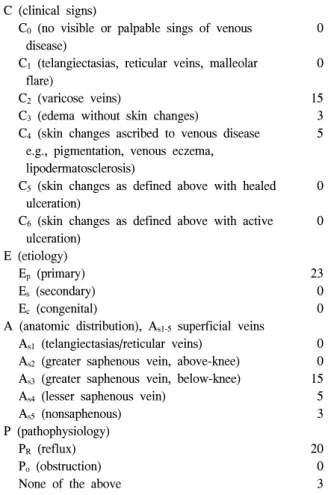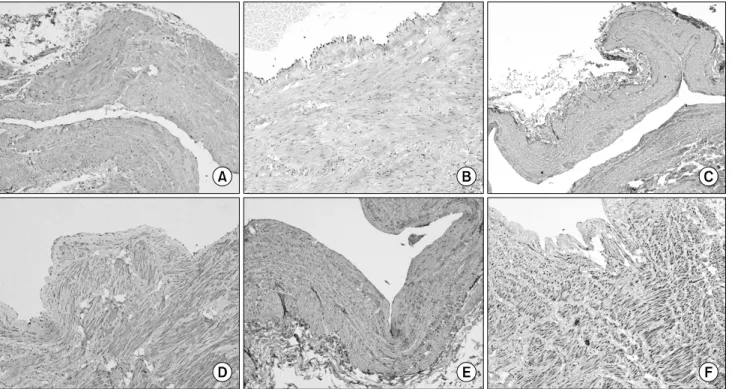http://dx.doi.org/10.5090/kjtcs.2011.44.6.387 ISSN: 2233-601X (Print) ISSN: 2093-6516 (Online)
*Department of Thoracic and Cardiovascular Surgery, Jeju National University Hospital
**Department of Pathology, Jeju National University Hospital
†This study is supported by a clinical research grant of Jeju National University Hospital.
Received: May 11, 2011, Revised: August 22, 2011, Accepted: September 7, 2011
Corresponding author: Young-Hee Maeng, Department of Pathology, Jeju National University Hospital, 1753-3, Ara 1-dong, Jeju 690-716, Korea (Tel) 82-64-717-1411 (Fax) 82-64-717-1131 (E-mail) yhmaeng@jejunu.ac.kr
C
The Korean Society for Thoracic and Cardiovascular Surgery. 2011. All right reserved.
CC


